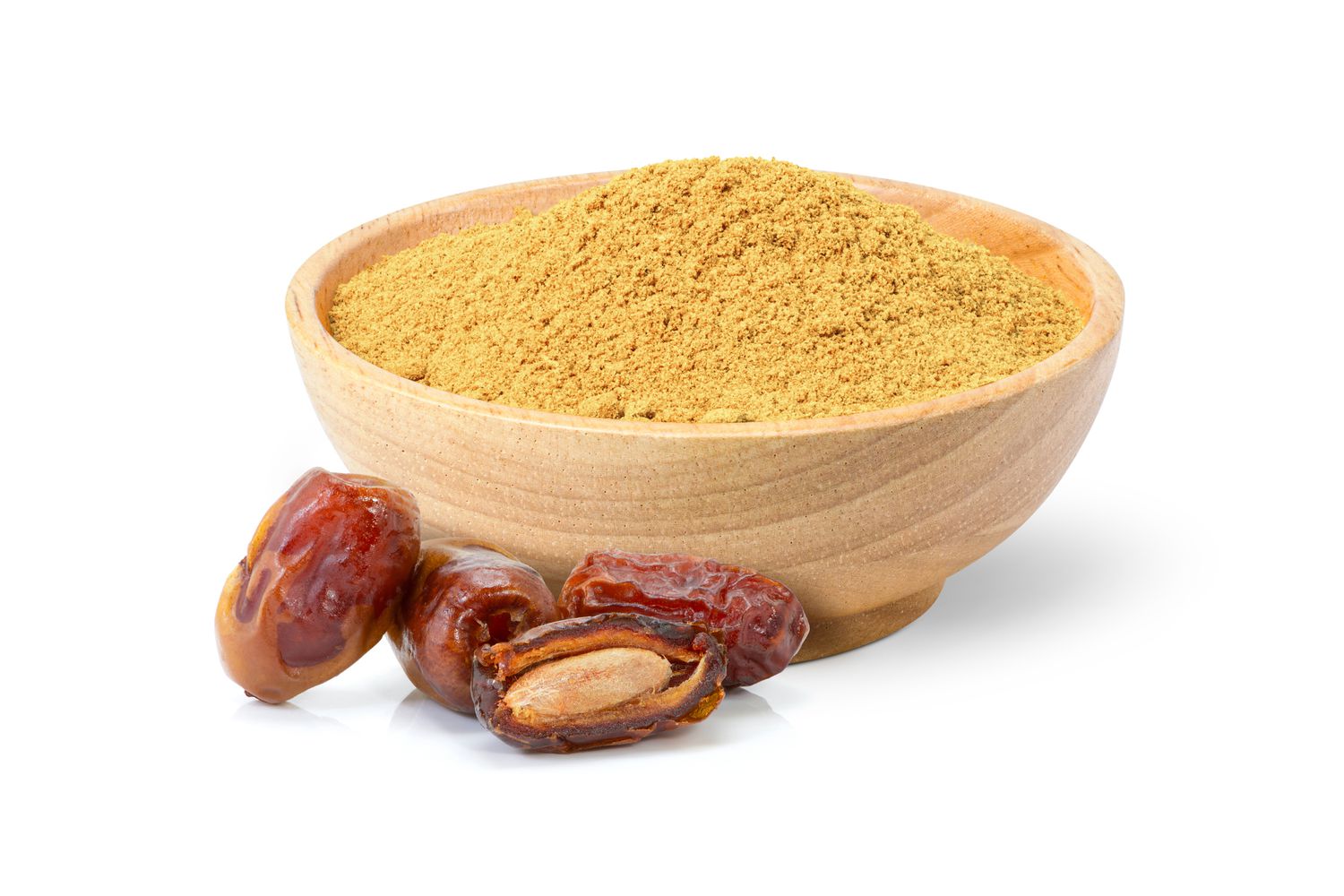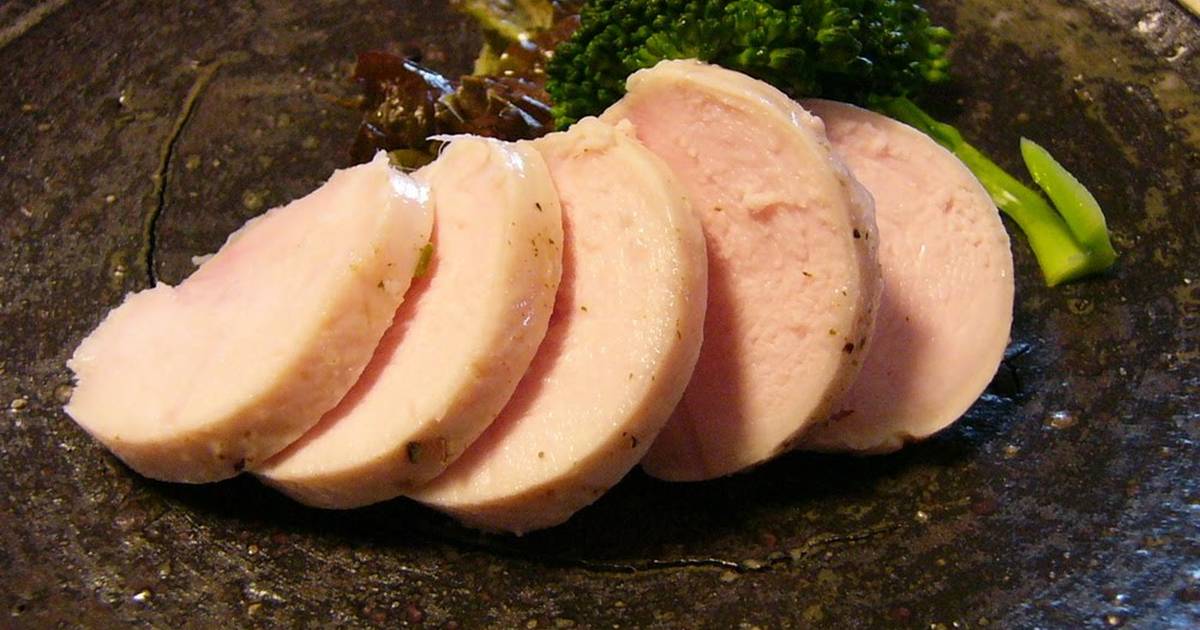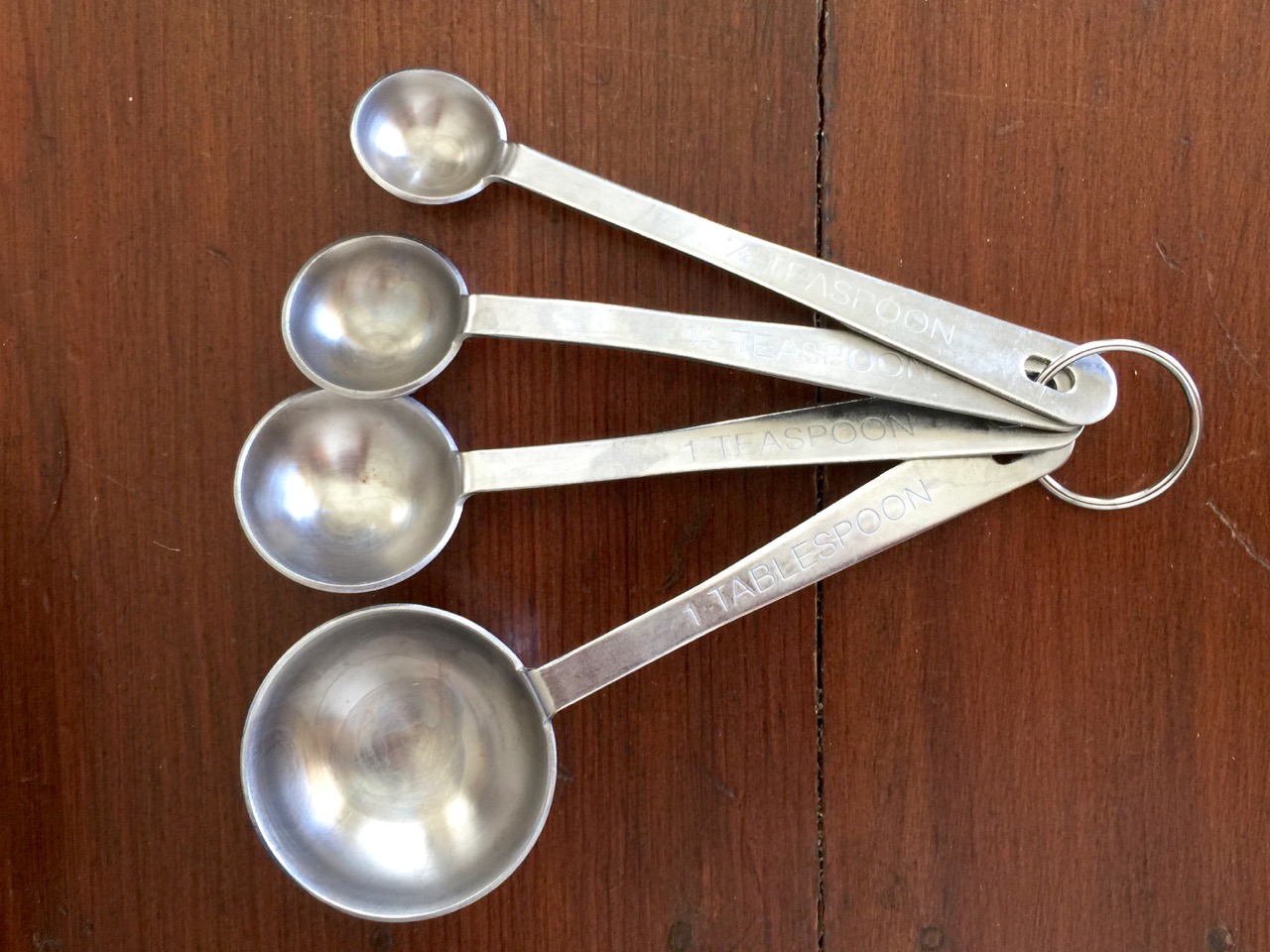When it comes to breakfast meats, Canadian bacon and ham are often used interchangeably, but they are actually quite different. From their origins to their taste and texture, there are several distinctions between the two. Let's dive into the details to understand the difference between Canadian bacon and ham.
Canadian Bacon
Canadian bacon, also known as back bacon, is made from the pork loin, which is located in the back of the pig. It is leaner than traditional bacon and has a slightly sweet and savory flavor. Canadian bacon is typically cured and then fully cooked, giving it a firm and slightly chewy texture.
Ham
Ham, on the other hand, is made from the pork leg and can be either cured or uncured. It has a richer and saltier flavor compared to Canadian bacon. Ham can be served in various forms, including sliced, diced, or even as a whole roast. It has a tender and moist texture, making it a versatile ingredient in many dishes.
Key Differences
Now that we understand the basic characteristics of Canadian bacon and ham, let's highlight the key differences between the two:
- Cut of Meat: Canadian bacon is made from the pork loin, while ham is made from the pork leg.
- Flavor: Canadian bacon has a slightly sweet and savory flavor, whereas ham has a richer and saltier taste.
- Texture: Canadian bacon is firm and slightly chewy, while ham is tender and moist.
Culinary Uses
Both Canadian bacon and ham are popular choices for breakfast and beyond. Here are some common culinary uses for each:
Canadian Bacon
- Often used as a topping on pizzas and sandwiches.
- Served as a standalone breakfast meat alongside eggs and pancakes.
Ham
- Sliced and served as a sandwich filling.
- Diced and added to omelets, quiches, and salads.
- Glazed and roasted as a centerpiece for holiday meals.
Cultural Significance
Canadian bacon is often associated with Canadian cuisine and is a popular ingredient in dishes such as eggs Benedict. On the other hand, ham holds cultural significance in many cuisines around the world, including American, European, and Asian cooking.
Nutritional Variations
In terms of nutrition, Canadian bacon is lower in fat and calories compared to traditional ham. It is a good source of protein and essential nutrients, making it a healthier option for those looking to reduce their fat intake.
In Conclusion
While both Canadian bacon and ham are pork products, they differ in terms of the cut of meat, flavor, texture, culinary uses, cultural significance, and nutritional variations. Understanding these differences can help you make informed choices when selecting the perfect meat for your next meal. Whether you prefer the lean and sweet taste of Canadian bacon or the rich and salty flavor of ham, both options offer delicious possibilities for breakfast, lunch, and dinner.
Was this page helpful?
Read Next: What Is An Asian Vegetarian Meal?











